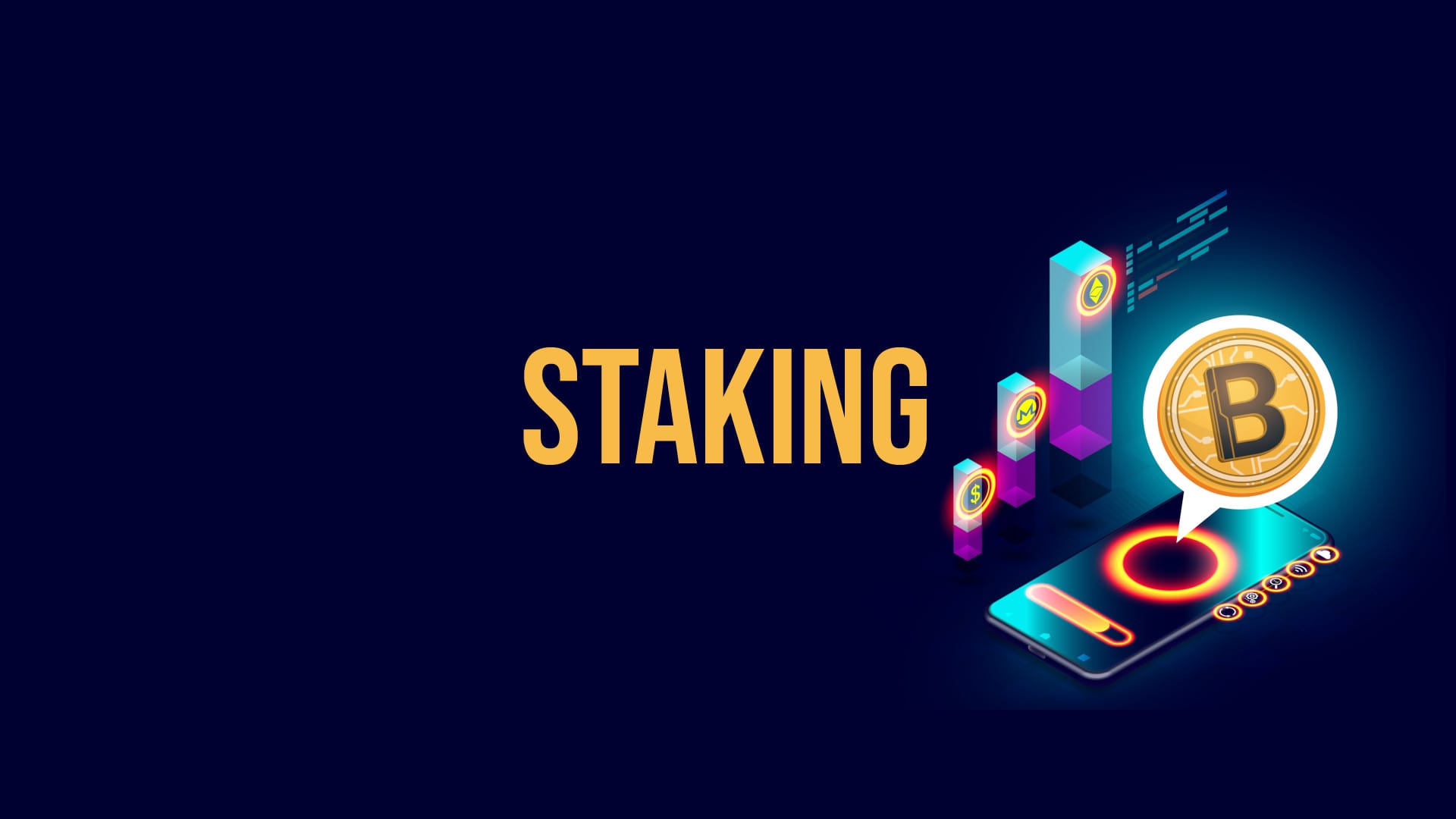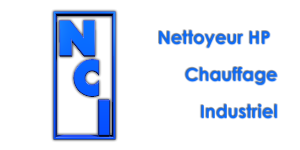Licensed Casinos
Licensed Casinos
Take a fledgling game like Escape from Zeya, which uses blockchain tools. It has increased its profit three times in only two months. They now mint digital assets, run primary and secondary sales marketplace, and ponder new ways of game monetization by availing of Web3 tools https://new-aus-casino.com/.
The same applies to any other project willing to distribute large amounts of winnings, such as TON Running Club. Being a global international project with members from 36 countries, they face numerous difficulties, as very few payment systems can cope with such a large number of small one-time payouts. After connecting a blockchain solution, they moved from painful and tedious money allocation to one-click payouts.
Accessibility and customization have always been the central tenet of user retention and monetization. Thanks to blockchain tools, games can incentivize users to spend more time in a game by adding the possibility to create, display, and, most importantly, trade unique in-game items, cosmetic add-ons, and more. Having complete rights to their in-game items, players are likelier to stay engaged and stick around longer. This way, games get both user-generated content and royalties from secondary sales.
Staking
The value of the staked cryptocurrency can fluctuate, leading to potential losses if the market experiences a downturn. Additionally, certain staking platforms may have vulnerabilities or face technical issues that could result in the loss of staked assets.
One of the biggest risks to understand is the market volatility of staking crypto. Market volatility comes into play for many reasons, and a news story or regulatory change can cause an abrupt shift in any investment, especially cryptocurrency.
If an investor doesn’t have the total resources required for a particular staking opportunity, they can tap into a staking pool that enables them to invest in a collective pool of combined resources without needing to meet the minimum staking investment on their own.
A more readily accessible option, especially if you don’t have 32 ETH laying around (and most of us don’t), is liquid staking: the ability to deposit less than 32 ETH into a pool that is then used to initiate and maintain staking nodes.
Polygon is a layer-2 blockchain. Its native coin MATIC is a unique staking crypto designed to scale Ethereum and ensure compatibility between every Ethereum-based decentralized application (DApp). It is considered one of the best staking coins because it is capable of validating up to 65,000 transactions per second (TPS), allowing Ethereum networks to process transactions efficiently and effectively.
Plaatselijke stakingen, bijvoorbeeld in de textielindustrie, zijn bekend uit de zestiende en zeventiende eeuw. Zo staakten de volders, die vies en onaangenaam werk deden meerdere malen door massaal uit de stad te vertrekken. Stakingen van polderjongens en veenarbeiders werden soms wel een lawei genoemd. De lawei was een soort seinmast waarmee men bijvoorbeeld aangaf wanneer de werktijd begon of eindigde. Stakende arbeiders gaven door middel van de lawei een signaal aan de andere arbeiders dat zij het werk moesten neerleggen. In de Friese veenderijen werd staken ‘bollejeie’ (het Friese werkwoord ‘bolje’ betekent ‘opstandig, oproerig zijn) genoemd. Veel stakingen werden met militair geweld beëindigd.

Smart contract examples
Insurance companies use smart contracts to automate claims processing, ensuring prompt payouts when predefined conditions are met. For example, parametric insurance models utilize smart contracts to automatically compensate policyholders in events like natural disasters. This reduces administrative costs and improves customer satisfaction. However, accurately defining contract parameters and ensuring reliable data inputs are critical. Additionally, the lack of human judgment in complex claims can be a limitation.
Blockchain technology in gaming is commonly driven by — unique digital assets that represent in-game content. NFTs rely on smart contracts. These tokens are unique, rare, and indivisible, while the blockchain networks that underpin NFTs facilitate player ownership, provable scarcity, interoperability, and immutability. Together, these characteristics of blockchain in gaming have the potential to drive mainstream adoption and a more equitable value model.
are one of the key components of many ecosystems, and an especially important element of many application-focused blockchains like . These digital contracts are , autonomous, decentralized, and transparent — and are usually irreversible and unmodifiable once deployed. Smart contract advantages include reducing — or even removing — the need for intermediaries and contract enforcement in an agreement or transaction. That’s because with a smart contract, the code defines the mechanisms of the transaction and is the final arbiter of the terms. For this reason, smart contracts have become the building blocks of an entire ecosystem of and represent a major focal point of blockchain development in general.
The token economy opens a broader range of opportunities when it comes to what is obtainable with real-world assets, creating markets that are readily, easily accessible and offer a broader scope of products than what currently exists.
This list of real world applications of smart contracts is by no means exhaustive, and smart contract technology stands to improve upon countless other industries far into the future. Many researchers and developers are eager to leverage the benefits of smart contract technology to address needs of the growing . While blockchain technology in general is already being used to lend security and transparency to IoT devices, smart contract advantages may further this integration.
Posted in: Non classé
Leave a Comment (0) →